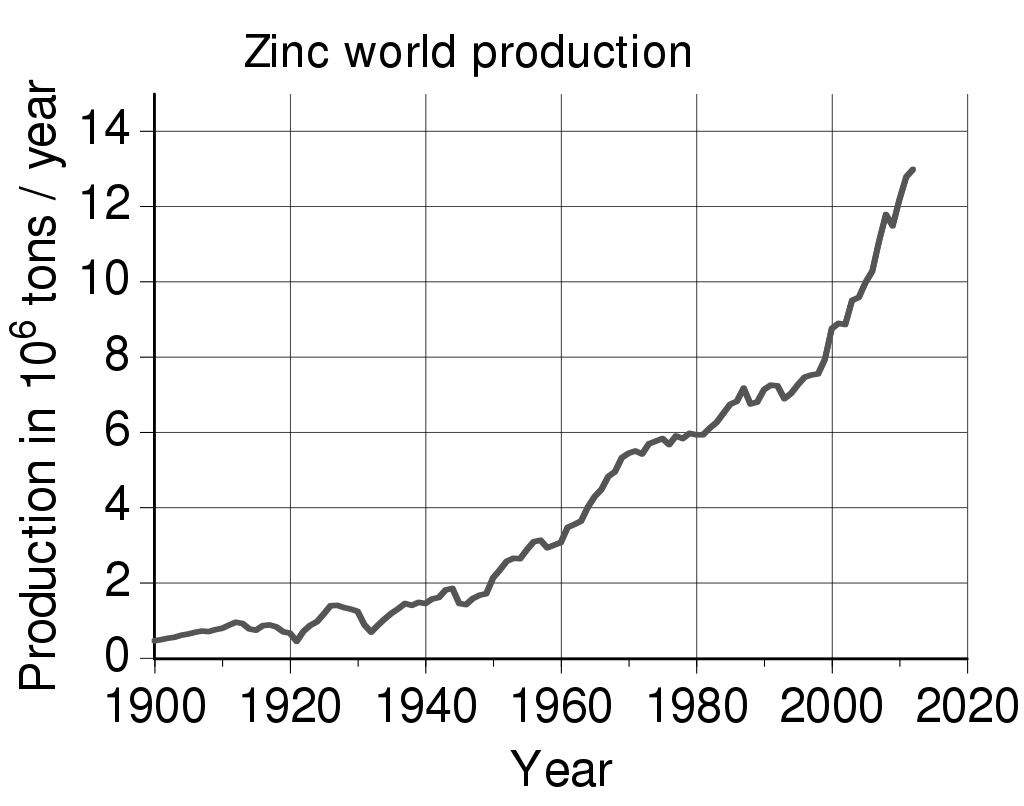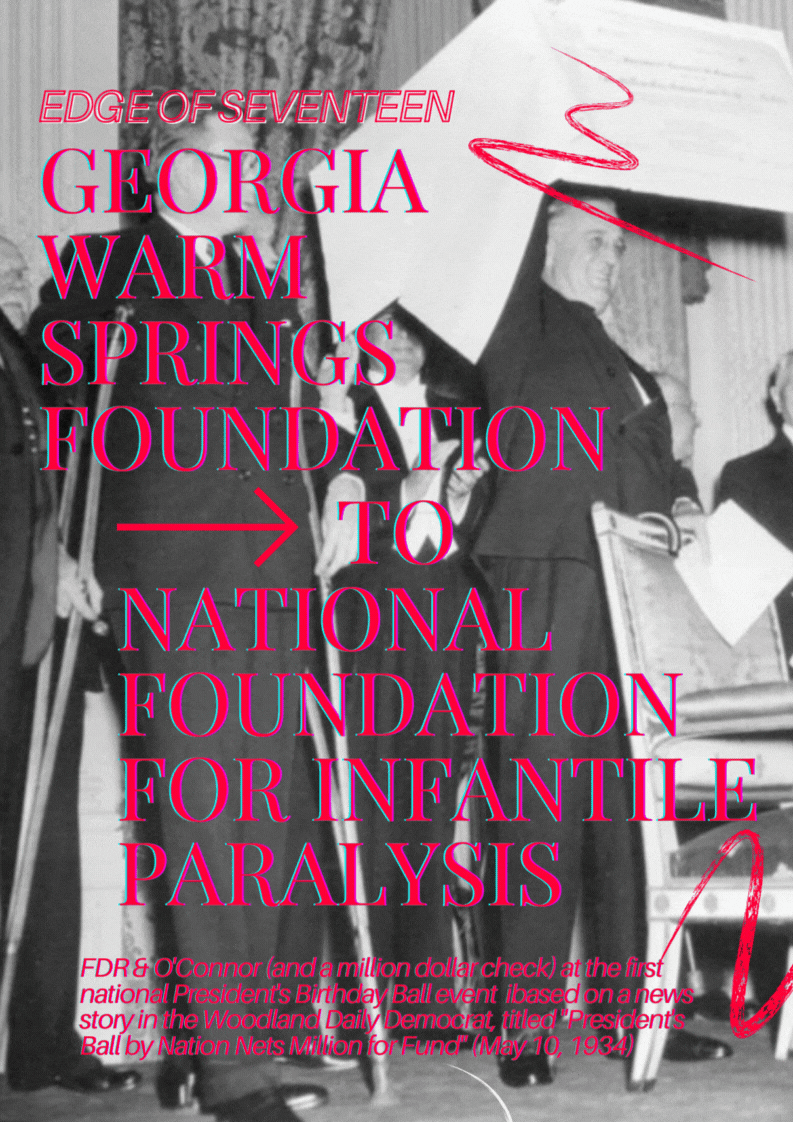Category: Bad Medicine
-

The trefoil knot fold is a protein fold in which the protein backbone is twisted into a trefoil knot shape
“Shallow” knots in which the tail of the polypeptide chain only passes through a loop by a few residues are uncommon, but “deep” knots in which many residues are passed through the loop are extremely rare. Deep trefoil knots have been found in the SPOUT superfamily. including methyltransferase proteins involved in posttranscriptional RNA modification in all three domains of life, including bacterium Thermus thermophilus and…
-

Cyanamide notes (it was a polio vaccine that spurred these notes and by now polio has five mentions on the page and these are two of them)
I’m going to add some polio vaccine stuff at the top of these notes. Hilary Koprowski is the one mentioned on the Polio Hall of Fame page who was not included in the hideous monument, see What In God’s Name, even though he (and his work) have direct connection to those who are included. He…
-

Basil O’Connor (1892 – 1972) was an American lawyer
In cooperation with U.S. President Franklin D. Roosevelt he started two foundations for the rehabilitation of polio patients and the research on polio prevention and treatment. From 1944 to 1949 he was chairman and president of the American Red Cross and from 1945 to 1950 he was chairman of the League of Red Cross Societies.…
-

Tracheal cytotoxin (TCT) is a soluble piece of peptidoglycan (PGN) found in the cell wall of all gram-negative bacteria, but only some bacteria species release TCT including Bordetella pertussis, Vibrio fischeri, and Neisseria gonorrhoeae
Tracheal cytotoxin (TCT) is a 921 dalton glycopeptide released by Bordetella pertussis, Vibrio fischeri (as a symbiosis chemical), and Neisseria gonorrhoeae (among other peptidoglycan-derived cytotoxins it produces). It is a soluble piece of peptidoglycan (PGN) found in the cell wall of all gram-negative bacteria, but only some bacteria species release TCT due to inability to recycle this piece of anhydromuropeptide. History In 1980, it was discovered that B. pertussis could attach to hamster tracheal epithelial (HTE) cells, and also, that…
-

I figure if something is that ugly on purpose, it involves some kind of drug-fueled secret code. Maybe it’s a song?
This is from the Polio Wall of Fame aka the Polio Hall of Fame and the pattern is disturbing. It is found on the outside wall of what is called Founder’s Hall of the Roosevelt Warm Springs Institute for Rehabilitation in Warm Springs, Georgia, US. Designed by Edmond Romulus Amateis, the sculpted busts were cast…
-

Peptidoglycan or murein is a unique large macromolecule, a polysaccharide, consisting of sugars and amino acids that forms a mesh-like peptidoglycan layer outside the plasma membrane
Not to be confused with glycopeptide, proteoglycan, or glycoprotein Peptidoglycan or murein is a unique large macromolecule, a polysaccharide, consisting of sugars and amino acids that forms a mesh-like peptidoglycan layer outside the plasma membrane, the rigid cell wall (murein sacculus) characteristic of most bacteria (domain Bacteria). The sugar component consists of alternating residues of β-(1,4) linked N-acetylglucosamine (NAG) and N-acetylmuramic acid (NAM). Attached to the N-acetylmuramic acid is an oligopeptide chain made of three to five amino acids.…
-

Langgan 琅玕 is the ancient Chinese name of a gemstone which remains an enigma in the history of mineralogy; it has been identified, variously, as blue-green malachite, blue coral, white coral, whitish chalcedony, red spinel, and red jade
It is also the name of a mythological langgan tree of immortality found in the western paradise of Kunlun Mountain, and the name of the classic waidan alchemical elixir of immortality langgan huadan 琅玕華丹 “Elixir Efflorescence of Langgan”. Waidan, translated as ‘external alchemy‘ or ‘external elixir‘, is the early branch of Chinese alchemy that focuses upon compounding elixirs of immortality by heating minerals, metals, and other natural substances…
-

Erich Traub (1906 – 1985) German veterinarian, scientist and virologist who specialized in foot-and-mouth disease, Rinderpest and Newcastle disease
Erich Traub worked directly for Heinrich Himmler, head of the Schutzstaffel (SS), as the lab chief of the Nazis’ leading bio-weapons facility on Riems Island. Note: Riems is home to the oldest virological research institution in the world, now called the Friedrich Loeffler Institute, which was built by Friedrich Loeffler in 1910. Loeffler, a professor at the University of Greifswald, ran filtration tests in 1898 and found…
-

The transforming growth factor beta receptors
a family of serine/threonine kinase receptors involved in TGF beta signaling pathway
-

Sterol carrier proteins (aka nonspecific lipid transfer proteins)
These proteins are different from plant nonspecific lipid transfer proteins but structurally similar to small proteins of unknown function from Thermus thermophilus. This domain is involved in binding sterols. The human sterol carrier protein 2 (SCP2) is a basic protein that is believed to participate in the intracellular transport of cholesterol and various other lipids. Human…
-

Glucuronic acid is a uronic acid that was first isolated from urine
Glucuronic acid (from Greek γλεῦκος “wine, must” and οὖρον “urine“) is a uronic acid that was first isolated from urine (hence the name”uronic acid”). It is found in many gums such as gum arabic (approx. 18%), xanthan, and kombucha tea and is important for the metabolism of microorganisms, plants and animals. Not to be confused with Gluconic acid (Gluconic acid occurs naturally in fruit, honey, and wine. As a food additive E574, it is now known as an acidity regulator.…
-

Amygdalin and Laetrile
Amygdalin (from Ancient Greek: ἀμυγδαλή amygdalē “almond”) is a naturally occurring chemical compound found in many plants, most notably in the seeds (kernels) of apricots, bitter almonds, apples, peaches, cherries and plums, and in the roots of manioc. Amygdalin is classified as a cyanogenic glycoside, because each amygdalin molecule includes a nitrile group, which can be released as the toxic cyanide anion by the action of a beta-glucosidase. Eating amygdalin will cause it to release cyanide…
-

UNITED STATES v. RUTHERFORD, 442 U.S. 544 (1979)
The question presented in this case is whether the Federal Food, Drug, and Cosmetic Act precludes terminally ill cancer patients from obtaining Laetrile, a drug not recognized as “safe and effective” within the meaning of § 201(p)(1) of the Act, 52 Stat. 1041, as amended, 21 U.S.C. § 321 (p)(1). Terminally ill cancer patients and their…
-

Deficiency of Adenosine deaminase 2 (DADA2)
Deficiency of Adenosine deaminase 2 (DADA2) is a monogenic disease associated with systemic inflammation and vasculopathy that affects a wide variety of organs in different patients. As a result, it is hard to characterize a patient with this disorder. Manifestations of the disease include but are not limited to recurrent fever, livedoid rash (reticularis or racemosa), various cytopenias, stroke, immunodeficiency, and bone marrow failure. Symptoms often onset during…
-

Adenosine deaminase deficiency (ADA deficiency) was discovered in 1972 and recognized as the first immunodeficiency disorder
Adenosine deaminase deficiency (ADA deficiency) is a metabolic disorder that causes immunodeficiency. It is caused by mutations in the ADA gene. It accounts for about 10–15% of all cases of autosomal recessive forms of severe combined immunodeficiency (SCID) among non-inbred populations. ADA deficiency can present in infancy, childhood, adolescence, or adulthood. Age of onset and severity is related to some 29 known genotypes associated with the disorder. It occurs…
Recent Posts
- 🧬 Disease Table with Low Sodium Connection
- 🧂 Sodium Reduction and Sodium Replacement: A History of Reformulation and Exploding Diseases, Including Many Diseases Unheard of Before Deadly Sodium Policies
- 🧂 The DEADLY 1500 mg Sodium Recommendation predates the WHO’s formal global sodium reduction push by nearly a decade (and it’s even worse than that)
- 🧬 What Is Beta-Glucuronidase?
- When Sugar Was Salt: Crystalline Confusion and the Covenant of Sweetness
Tags
ADAM ASPARTAME Birds Blood Bones Brain Bugs Cancer Columba Cows crystallography Death Death cults Eggs Etymology Gastrin Gold Growth hormone History Hormones Insulin Liver Mere Perplexity Metal Monkey Business Mythology Paracetamol Plants Poison Pregnancy Protein Religion Reproduction Rocks Salt Slavery Snakes Sodium the birds and the bees Thiocyanate Tobacco Tylenol Underworld Venom zinc

